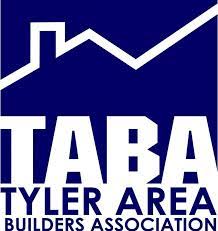
A wet room can make your bathroom look bigger and more accessible. It has an open-space design, intuitive traffic flow, and a sophisticated feel. Aside from obtaining a bathroom quote from a reputable contractor, you should also take a closer look at some essential factors when designing a wet room.
Continue reading to learn more about essential design considerations when creating a wet room.
Layout
A good layout considers your privacy and proper lighting. Designers typically position windows in dry areas or install skylights for optimal daytime lighting and privacy. A good layout also prioritizes traffic flow — which means the shower area is kept away from the sink.
Splash Control
When requesting a bathroom estimate, let the contractor know you want to glass screens so that you can contain water splashes in the wet area. This way, you can get a realistic quote for your project. Typically, glass screens are installed adjacent to the shower head.
Ventilation
A well-designed wet room can reduce humidity with windows and vents. A good bathroom remodeler will know the optimal placement for your bathroom window and the ideal ventilation system to keep the space dry. Awning and sliding windows are usually the top choices. And if you want to accelerate dehumidification, you can install an exhaust fan.
Shower Area
The shower area must be distinct from the rest of the wet room. You can use glass panels or a different tile color to define the shower area.
Waterproofing
Waterproofing prolongs the lifespan of your flooring and walls. It’s also crucial in keeping the dry areas free of moisture. Make sure to use waterproofing membranes with decoupling properties to accommodate the expansion and contraction of the floor substrate.
Efficient Drainage
Your drainage must be capable of handling the wet room’s average flow rate to prevent flooding. For example, if you want a multi-spray shower system, high-flow fixture, and steam shower, you must install a high-flow drainage system.
If you’re more concerned with the look of your wet room, linear drains are a good option because they have a minimalist design. They can also achieve a continuous stone floor look with stone infill grills.
Tiles
Wet rooms need beautiful and durable slip-resistant tiles. You can use ceramic tiles, natural stone, porcelain, or glass.
Wall Covers
Wall covers can add to the room’s appeal and atmosphere. Create patterns that resonate with your personality or use interesting materials, like tone, glass or mosaic, tiles.
Build your wet room with an experienced and knowledgeable bathroom remodeler near me. At DreamMaker Bath & Kitchen of Tyler, we’ll make sure all your needs are taken into consideration. To request a consultation, call us at (903) 255-7111 or fill out this contact form. We serve clients in Tyler, Swan, New Chapel Hill, Whitehouse, Noonday, and other nearby areas.










